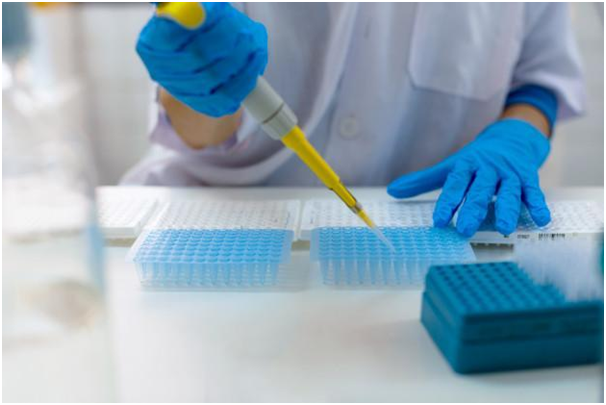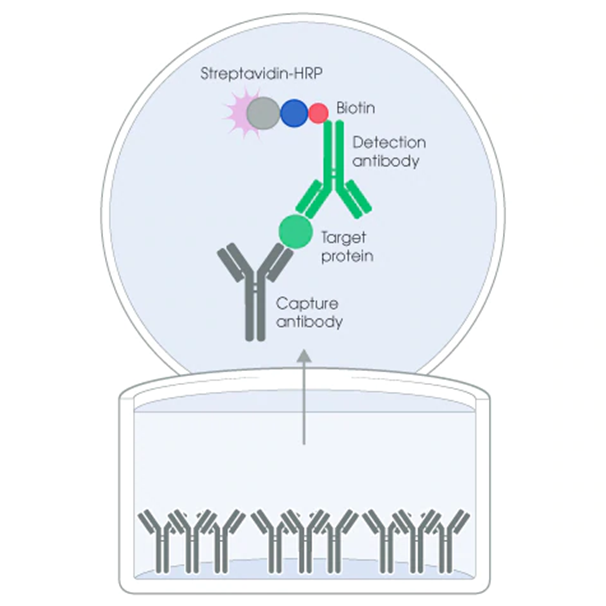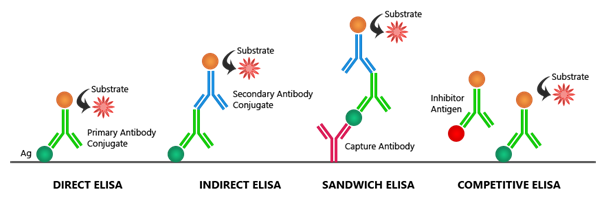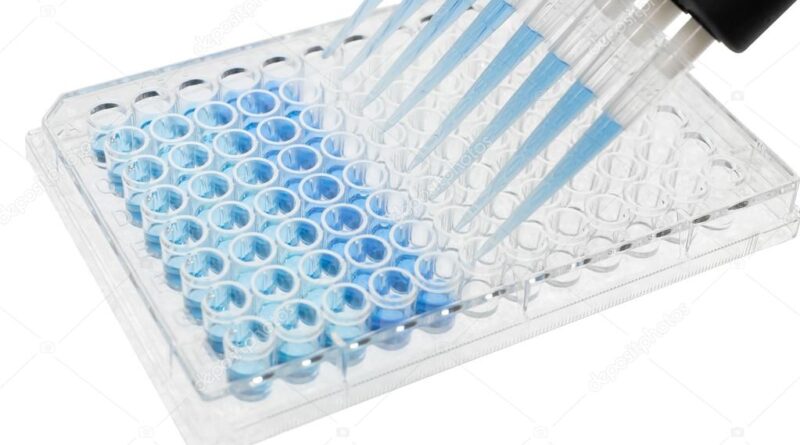How does ELISA test help to detect HIV?
Introduction:
HIV is one of the difficult infections to diagnose. Due to non-specific symptoms, sometimes it gets very late to detect the infection. Hence, an arsenal of laboratory procedures is implicated to detect the infection. One of the most trusted methods is the ELISA method. But it alone cannot confirm the infection, so it is followed by Western blotting.
The Principle of ELISA:
The term ELISA stands for Enzyme-Linked Immunosorbent Assay. This test is based on specific antigen-antibody binding interaction. The assay is facilitated by an enzyme-bound antibody or antigen. The test result is a combination of specificity of antibodies and sensitivity of enzymes. This test is carried out with the help of ELISA immunoassay kits.
It confirms the infection by either detecting the infection causing antigens or antibodies created in response to some antigens. In the case of HIV, it is a viral protein P24 whose presence indicates that the patient is infected with HIV.
The challenge in the detection of HIV:
HIV has pretty general symptoms like headache, flu, or muscle pain. But it does not mean if you have any of these that you have HIV infection. As it cannot be diagnosed from symptoms it is detected through the tests of body fluids it can be blood, saliva, or urine.
But there is one more challenge in the detection. To understand it let’s say a person John gets infected with the HIV virus. The day he got infected is day 1. It takes around 30 days for John’s body to produce antibodies to tackle the virus.
However, the level of antibodies present in blood soon starts falling because the virus disrupts his immune system. But after two months the antibody level again began to rise. So, if he gets an HIV test in the window period of 2 months there are chances that he will get a false negative report.
ELISA: The Ice-Breaker:
If John waits for more than two months the infection will be uncontrollable and detecting it earlier is not possible with many of the technologies available.
But now we have better technologies that confirm the infection soon. They look for an HIV specific protein P-24 instead of antibodies. But even it has to be tested in a specific time frame as its concentration also rises and falls very fairly in the blood.
This happens because as soon as the antigen level rises in the blood body starts making antibodies. And these antibodies bind to antigens creating unique antibody-antigen complexes. That in-turn decreases the level of an antigen in the bloodstream.
However, the complex formed in this whole window period is easily detectable by techniques such as ELISA. The only challenge with this is to test the samples in a short period of time before the antigen level drops to negligible. Hence, ELISA is a lab method that can detect the infection in the earlier stages. It is one of the most widely used techniques for this purpose.
How ELISA works:
• The ELISA serologies are performed in multi-well microtiter plates.

• The wells are coated with either the antigen or antibody of interest. Here the particle you are coating your well with must be immobilized first for example if you start with antigen it should be static.
• The covered wells are filled with the patient’s serum. Now if the antibodies are present against the antigens, they will bind to each other. Only specific antibodies bind to the antigen. Excessive antibodies are washed off.

• The next step is to fill the well with animal antibodies against the human antibody. Animal antibodies are bound to a conjugated-enzymes. The wells are washed off again to remove any unbound conjugated enzyme.
• The final step includes filling the wells with a color generating enzyme substrate. The substrate interacts with the animal antibody while generating visible color. It means the patient is infected with HIV.
Types of ELISA:
The technique is of three types as the test has two different approaches one is to detect antigens and the second one is to detect antibodies. The name of types is direct ELISA, Indirect ELISA, and Sandwich ELISA.

1. Direct ELISA:
This technique is best suited to analyze the response of the immune system towards the infection. The method is fast and less prone to infection. This is because the antigen is against the antibody directly conjugated with the enzyme.
2. In-Direct ELISA:
This technique involves a multistep procedure like the one mentioned in the procedure of ELISA. It is highly sensitive but the results take more time than direct ELISA.
3. Sandwich ELISA:
As the name suggest, in this technique antigen is targeted between two layers of antibodies. This is best to detect HIV as it is highly sensitive as well as specific.
Apart from this the other type of ELISA is called competitive ELISA. This is used to determine the amount of antibodies present in body fluids.
Confirmation of Infection:
If the substrate and enzyme show a positive result for the infection then the sample is subjected to a follow-up test called western blotting. If both the tests are positive the patient definitely has HIV infection.

